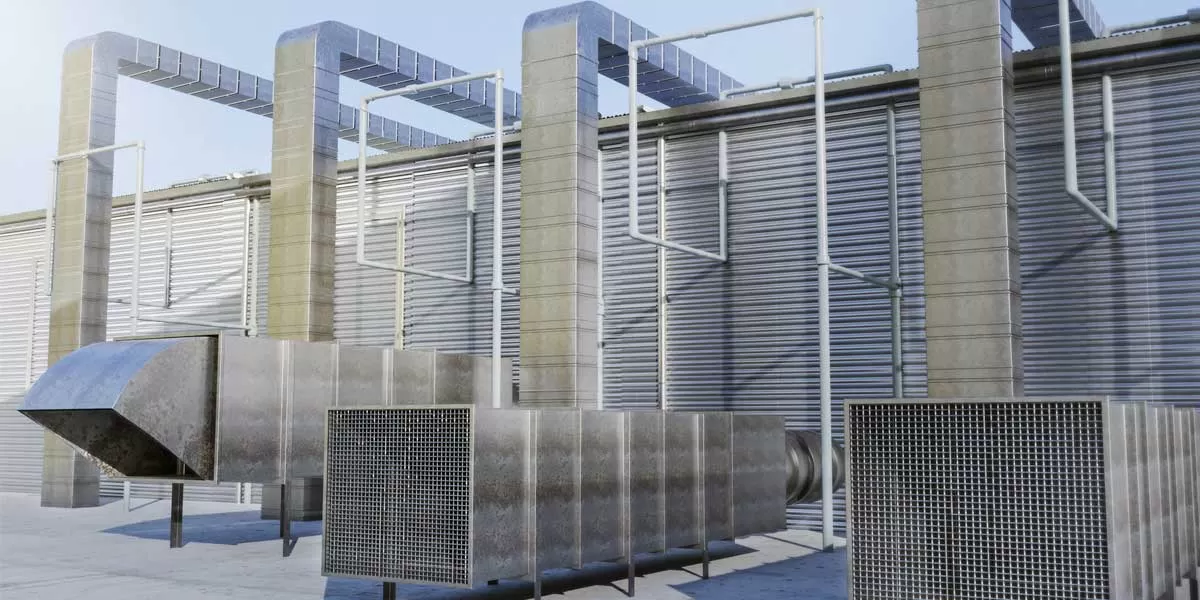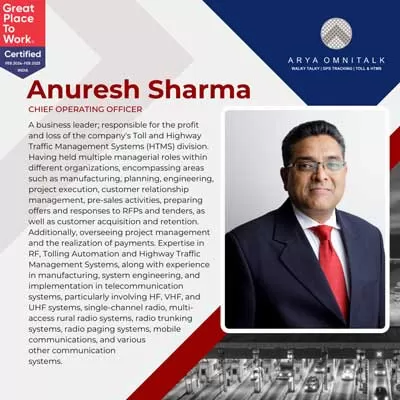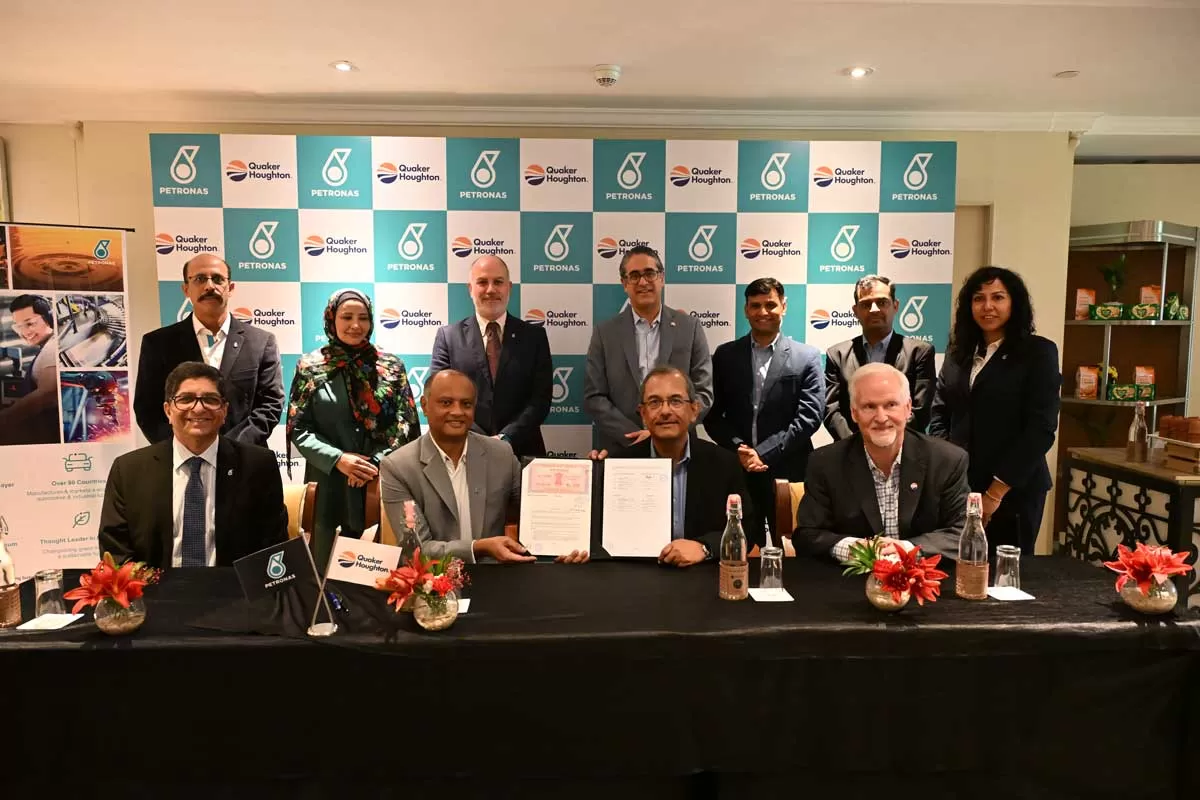At present, the HVAC market in India is valued at $ 9.1 billion, and projected to grow at a CAGR of 15 per cent through 2030 to touch $30 billion. North India accounts for 29 per cent of this market, followed by West India. Infrastructure development, technology upgrades, tourism and an increasingly aspirational middle class are expected to drive this industry.
The HVAC market is populated by many players and types of systems. CW explored what’s working in various kinds of structures and found that energy-efficiency is mostly driving selection.
Metro
Delhi Metro Rail Corporation (DMRC) uses centralised chilled water air-conditioning systems and variable refrigerant volume (VRV) systems in its entire network, shares Anuj Dayal, Principal Executive Director, DMRC. “Centralised chilled water air-conditioning systems are in use at various underground stations in the DMRC network. In Phase 1, 2 and 3 of the DMRC network, water-cooled screw-type chillers were used for the comfortable air-conditioning of the underground stations as well as the technical rooms governing the metro operations. Smaller capacity air-cooled scroll-type chillers are also in use in the underground stations. In Phase 4, DMRC plans to install air-cooled chilled water screw chillers for the underground stations. This decision will help conserve water (groundwater) and make operations more sustainable.”
“VRV systems have been used in the technical rooms of the elevated stations of the DMRC network,” continues Dayal. “They allow more precise control and energy-efficiency, something the DMRC emphasises upon in the selection of air-conditioning systems to minimise both energy consumption and operational costs.”
Hospitals
The selection of a hospital’s HVAC system depends on the building’s size and need for scalability, opines Sharad Saxena, Vice President – Engineering & Projects, Sahyadri Hospitals. “For hospitals with more than 200 beds, the water-cooled HVAC system stands out as a sustainable choice.”
In a hospital, the HVAC system plays a vital role in preserving
air quality, regulating temperature and managing pressure to create
a sterile, safe environment conducive to patient care and safety, he adds. “However, this
necessitates meticulous design
and implementation.”
Saxena elucidates some of these aspects: “Air quality can be managed with filtration systems; HEPA and ULPA filters can capture and eliminate airborne particles and pathogens in areas like operation theatres and isolation wards. Maintaining positive or negative air pressure in designated rooms would prevent contaminant entry or exit, curbing airborne infections. Adjusting the air change rates per hour in critical areas and patient rooms sustains sterile conditions and minimises infection risks. Utilising variable air volume systems enables customised temperature and air quality control while isolating infectious areas (zoning) prevents cross-contamination. The continuous monitoring of pressure differences between zones ensures appropriate air quality control. Demand-controlled ventilation and energy recovery systems can help
optimise energy consumption and enhance efficiency.”
Hotels
The choice of HVAC system for a hotel varies greatly depending on the category, size and star rating, says Amit Gulwade, Chief Executive Officer, R S Kulkarni, HVAC Consulting Engineers. “Whereas a smaller budget hotel of 10,000 sq ft may opt for a direct expansion (DX cooling) system, split air-conditioning or variable refrigerant flow, a larger high-end hotel spanning 200,000-500,000 sq ft is likely to opt for a conventional chiller system with a heat pump. This is because the two main needs in premium branded hotels are cooling for the guests and common areas and the generation of hot water for the large kitchens and banquet halls. Heat pumps generate cold water for the air-conditioning and the hot water generated as a byproduct gets used too, and brings down the operational cost. In a large hotel, HVAC accounts for about 60 per cent of the energy cost. So any saving in this is significant.”
Energy-efficiency is a key objective in hotels, he continues. “In a chilled water system, radiant cooling can further save about 25 per cent of the energy consumed but its deployment hasn’t picked up in India yet. Using a higher-efficiency (IE5) motor, which is locally available, can also help save energy but the high cost is a disadvantage. Most hotels in India are still using IE3 motors. The choice of chiller can also impact the energy consumed. Screw chillers have a rating of 0.6-0.65 IKW but if you opt for magnetic chillers, this can be brought down to 0.5 IKW, which translates into a substantial saving. Smart chillers and smart pumps can also reduce the number of fittings in the system and help save power.”
Typically, the HVAC system load of a five-star or seven-star hotel correlates with the number of rooms, where each is about 300-350 sq ft large, adds Gulwade. “A rule of thumb is to consider a load of 3 tonne per room and to cover the circulation areas too. So, a hotel of 100 rooms might have an HVAC system of 300 tonne.”
Airports
Variable voltage variable frequency (VVVF) drives;
selective, collective controls; microprocessor-based controllers; automatic round dampers (ARD) and an IOT-based monitoring system for service or repair are key features of the air-conditioning system at Netaji Subhash Chandra Bose Airport, Kolkata, says C Pattabhi, Airport Director, Netaji Subhash Chandra Bose International Airport, Kolkata. “We prioritise safety in design
and functioning, and additionally look for reliable and prompt services,” he adds.
Commercial
In commercial developments, the choice of HVAC systems is based on different factors, including the type of building, climate conditions, budget constraints and specific project requirements, according to Raman Sapru, Director - Design & Engineering, Mindspace Business Parks. “At Mindspace Business Parks, the preferred choice is chilled water systems and often in community buildings, the choice extends to district cooling.”
“We prefer hybrid systems, a combination of water-cooled and air-cooled chillers with the best CoP possible for our commercial developments,” says Gulam Mohiuddin, AVP Engineering Services, Brigade Group.
“Energy-efficiency is paramount. So we prioritise cutting-edge technologies like energy recovery ventilation and designs boasting superior CoP values,” continues Sapru. “Integration of smart and connected systems, facilitated by building automation and IoT, empowers us with real-time control and data insights, steering systems towards increased efficiency.”
As for features, he says: “We ensure that our HVAC systems utilise eco-friendly refrigerants, aligning with green building standards. Adherence to LEED standards and low global warming potential (GWP) refrigerants emphasises our dedication to environmentally conscious practices. In addressing indoor air quality, our HVAC systems stand out with advanced filtration and UV-C light disinfection. Our commitment to adaptability is evident in our modular and scalable approach, featuring rooftop units and variable refrigerant flow systems. Embracing modular setups, we tailor solutions to the unique requirements of each space.”
Prioritising occupant comfort is another key focus. So, we equip our buildings with HVAC systems, offering individual zone control to create an optimal environment,” adds Sapru. “Our systems blend traditional HVAC with advanced radiant heating and cooling, ensuring not just comfort but also energy-efficiency and innovative climate control in our spaces.”
Indeed, a clear understanding of the need of different spaces is vital for effective HVAC.


















